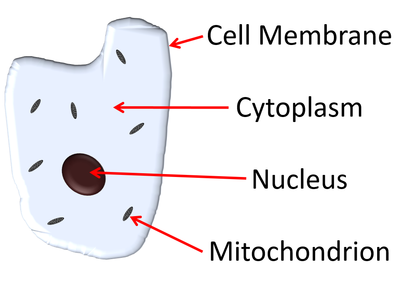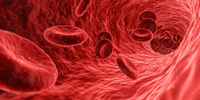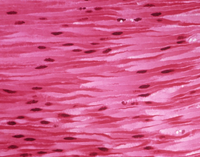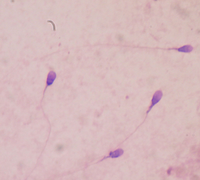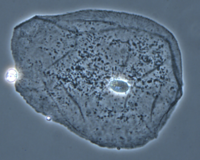Difference between revisions of "Animal Cell"
(Tags: Mobile edit, Mobile web edit) |
(Tags: Mobile edit, Mobile web edit) |
||
| Line 1: | Line 1: | ||
| − | |||
| − | |||
==Key Stage 3== | ==Key Stage 3== | ||
===Meaning=== | ===Meaning=== | ||
Revision as of 21:30, 2 June 2019
Contents
Key Stage 3
Meaning
An animal cell is a cell that has a cell membrane, cytoplasm, mitochondria and a nucleus.
About Animal Cells
- Animal cells do not have chloroplasts, a cell wall or a permanent vacuole.
| A diagram of a typical animal cell. |
- There are several specialised animal cells found in humans that you should know:
Examples
| Red Blood Cells | Muscle Cells |
| Sperm Cells. | A cheek cell. |
Key Stage 4
Meaning
An animal cell is a eukaryotic cell that has a cell membrane, cytoplasm, mitochondria and a nucleus but no cell wall.
About Animal Cells
- As a eukaryotic cell an animal cell contains membrane bound organelles, including a nucleus and several mitochondria.
- Animal cells can be distinguished from plant cells in that they do not have chloroplasts, a cell wall or a permanent vacuole.
| A diagram of a typical animal cell. |
- There are several specialised animal cells found in humans that you should know:
Examples
| Red Blood Cells | Muscle Cells |
| Sperm Cells. | A cheek cell. |
